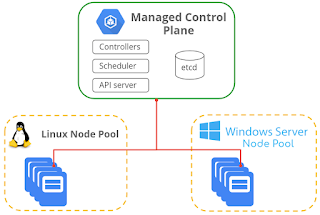Connector for AWS in Azure Cost Management + Billing

In 2019, Microsoft announced the preview of the connector for Azure Cost Management + Billing, which allows customers to analyze their Azure and AWS spend from a single pane of glass in the Azure Portal. Guess what?.... the feature is now generally available. This new connector simplifies handling different cost models and numerous billing cycles so you can visualize and always stay up-to-date with your spend across clouds. Let's get started. Setting up the connector in a few quick steps: Setup and configure an AWS cost and usage report in the AWS portal. Create a role and policy in AWS, which provides Azure Cost Management with access as well as permissions proving organization API access and cost explorer API access. Lastly, set up the AWS connector in Azure Cost Management + Billing. You can view your AWS costs within Cost Analysis in the following scopes: AWS Linked accounts under a management Group. AWS Linked account costs. AWS Consolidated account costs. You ca...



